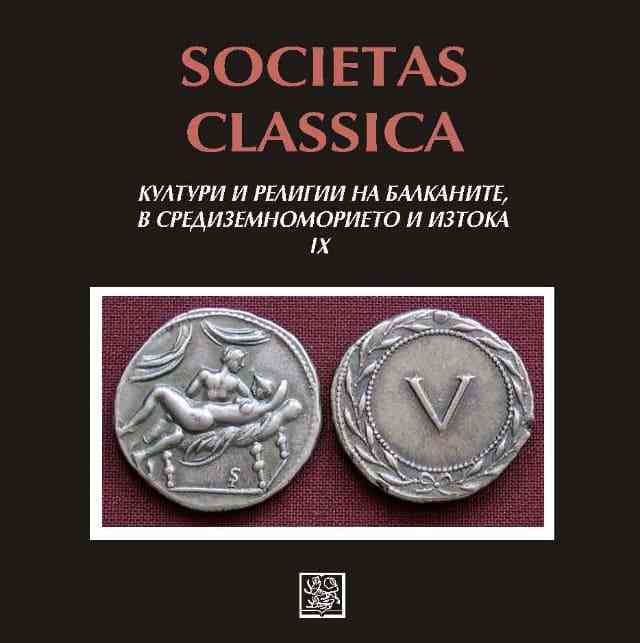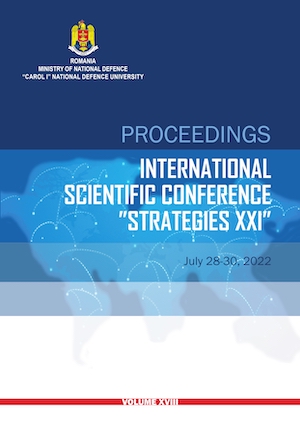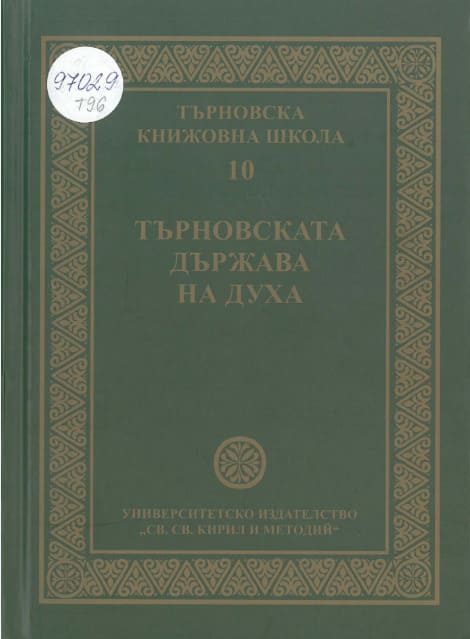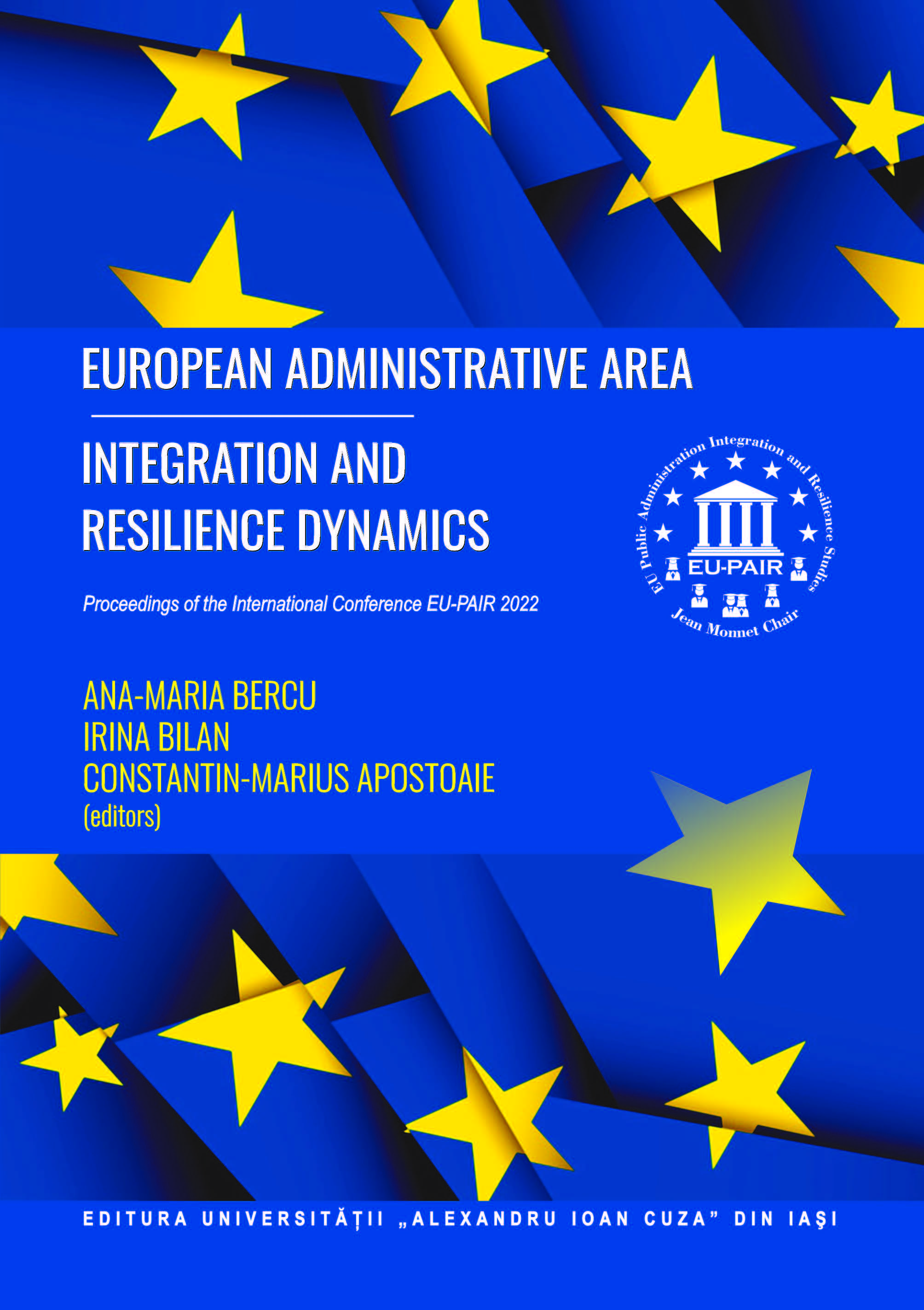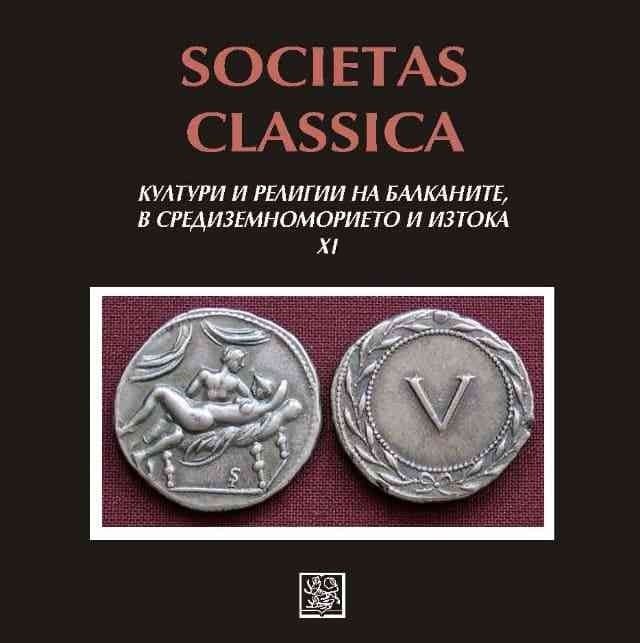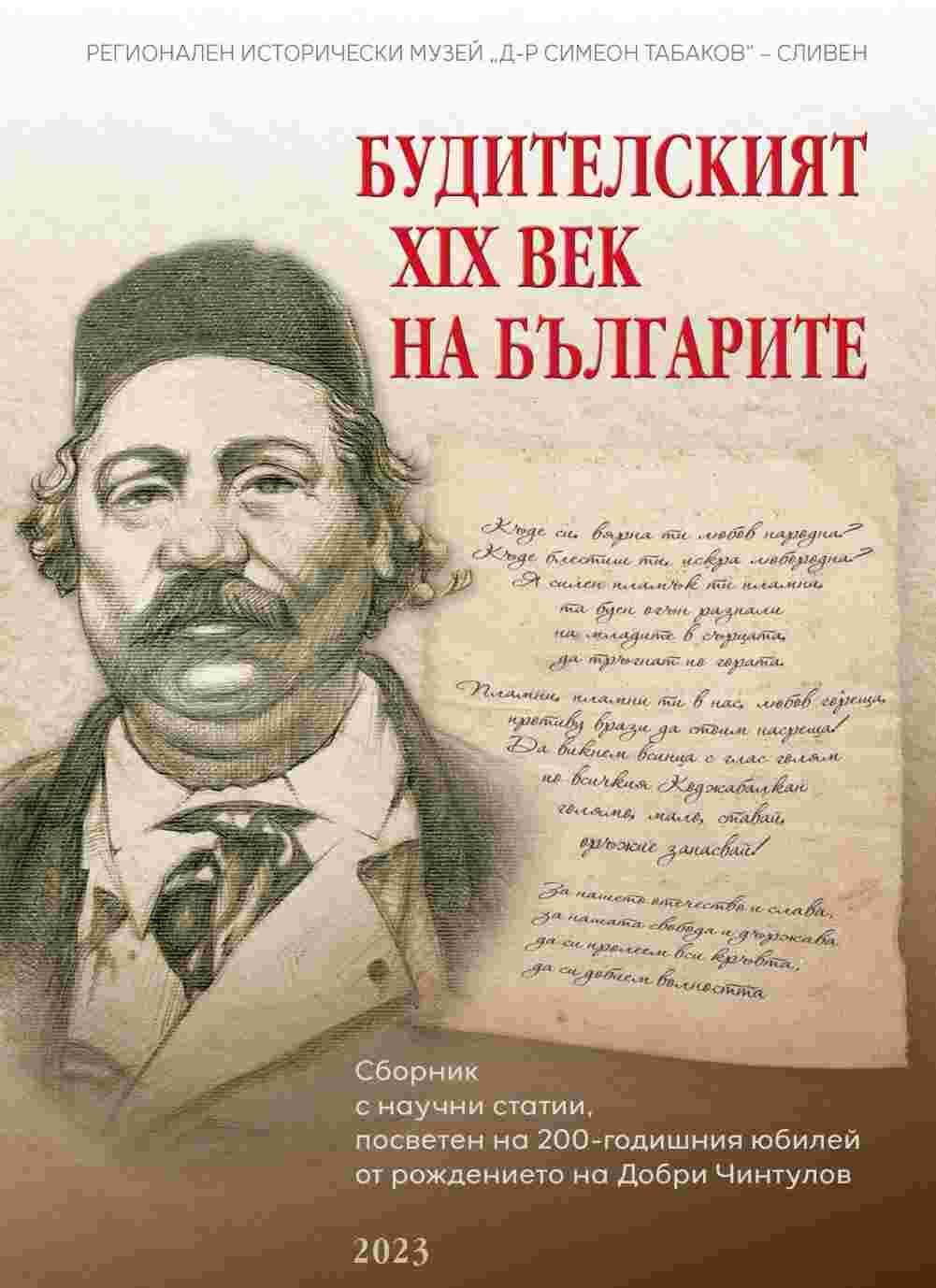
От Херодот до християнските автори: за вдовиците на траките и ритуалната им смърт
The paper summarises the evidence provided by ancient authors about the public ritual death of the widows of some Thracians, with which they followed their deceased husbands voluntarily to the World Beyond. Herodotus was the first to narrate about that, followed by the Roman authors Pomponius Mela and Solinus, and after them – the Christian lexicographer Stephanus Byzantinus. Traces of such information about the Thracians are seen in one of the letters of St. Hieronymus. That written tradition is definitely based on the text of Herodotus. The late evidence repeats his words to a great extent. The ritual death of the Thracian widows was clearly transformed into locus communis, but the analysis of the communications reveals both dependences and differences between them. Viewed together, they are mutually complementary and supportive Herodotus testifying to the existence of variants of the universal ritual phenomenon of following into death among the Thracians. The paper summarises the evidence provided by ancient authors about the public ritual death of the widows of some Thracians, with which they followed their deceased husbands voluntarily to the World Beyond. Herodotus was the first to narrate about that, followed by the Roman authors Pomponius Mela and Solinus, and after them – the Christian lexicographer Stephanus Byzantinus. Traces of such information about the Thracians are seen in one of the letters of St. Hieronymus. That written tradition is definitely based on the text of Herodotus. The late evidence repeats his words to a great extent. The ritual death of the Thracian widows was clearly transformed into locus communis, but the analysis of the communications reveals both dependences and differences between them. Viewed together, they are mutually complementary and supportive Herodotus testifying to the existence of variants of the universal ritual phenomenon of following into death among the Thracians.
More...
